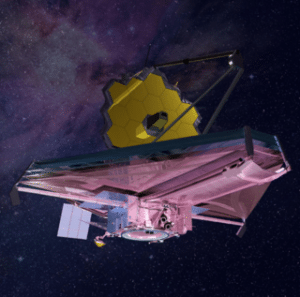
Cost and schedule performance of NASA’s major acquisition programs continues to deteriorate and the average delay in launch dates is 13 months, the longest ever reported by the Government Accountability Office (GAO), the auditing agency says in a new report. The GAO says the increases in program costs and schedule delays is primarily due to its James Webb Space Telescope (JWST) program for “integration and test challenges,” and that cost pressure is also due to the Space Launch System (SLS)…

 By
By 











